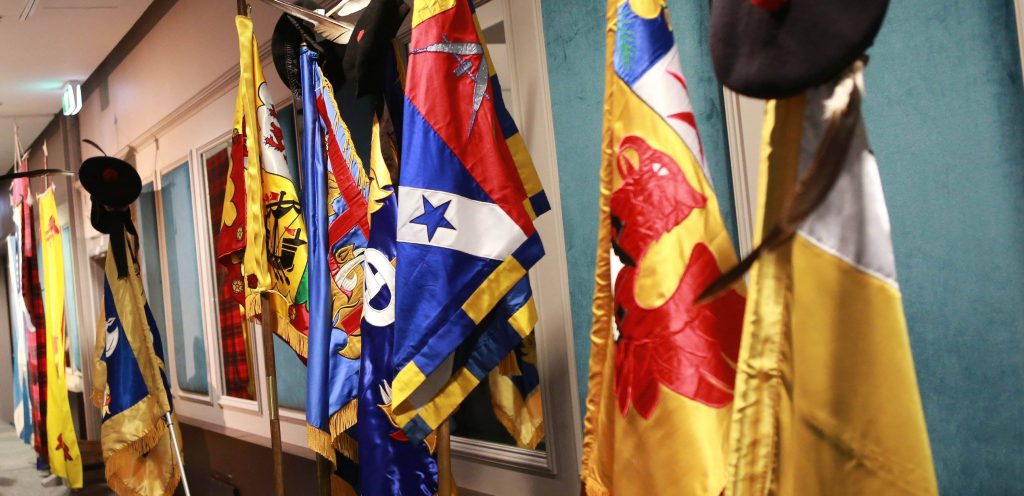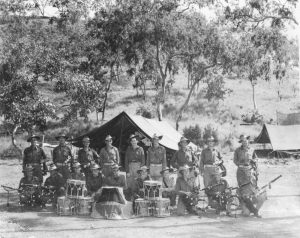Da Vinci Code Mystery
Angus Edmonds, 2006
Whatever else Dan Brown’s The Da Vinci Code has or has not achieved, it has raised awareness of how difficult it can be to determine the exact origins of human institutions and organisations. Eye witness accounts, as those involved in police and court work know too well, are not the reliable sources they appear to be. Documents sometimes hide as much of the truth as they reveal; meeting minutes are notoriously vague and often conceal the heat of debate in the cool formality of recorded decisions.
Although a work of fiction, The Da Vinci Code addresses historical matters some hundreds of years past, indeed ultimately two thousand years past to the earliest days of the Church. The Society of St Andrew of Scotland (Queensland) Limited has a history of close on sixty years (2007 will be the Society’s Sixtieth Jubilee year), a trifle compared to the age of the Church. Yet, we face the same problems of identifying how and when the Society came into being.
All the original founding members have now passed on, so there are no ‘eye witnesses’ as such. Some of us had fathers or close friends who were founding or very early members of the Society and recall (as best we can) what they have said about the beginnings of the Society. There is some documentary evidence, but none from 1947 itself, and no minutes of the Society exist from the early days (as the Society operated without the use of minutes, as the late Rev Dr J Fred McKay attests).
In any case, as already noted, at the best of times, official minutes are somewhat sterile, giving little or no hint of motives behind certain decisions. That is a truism for many clubs, societies, and associations. In this particular instance there was probably good reason for the record to be ‘silent’ as a stated reason could have been litigious and, at best, would have caused bad blood within Brisbane’s Scottish community.
One of the eye witnesses, a founding member of the Society, and Australian legendary figure, the late Rev Dr J Fred McKay AC, gave the Society his understanding of the circumstances surrounding the formation of the Society in his address at the St Andrew’s Day Dinner in 1997. Indeed, he had been specifically asked to speak about ‘the origins of our Society’. Given his status in the Society and nation, most of us readily accepted his version, and extracts of his address were printed in the 1998 Shoulder to Shoulder and later reproduced elsewhere.
Although questions remain about certain aspects of his story, Fred McKay’s version is worth relating at length in his own words:


